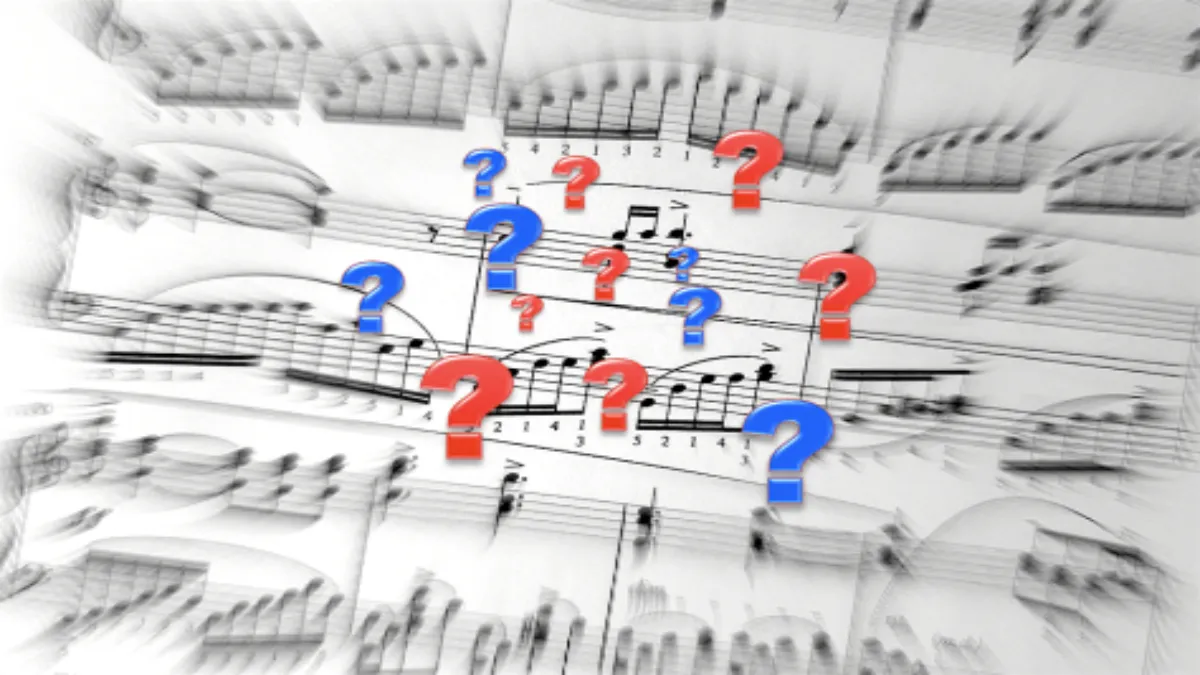
Advertisement
The term “original score” refers to the music specifically composed for a film, television show, video game, or any other visual media project. It serves as a crucial element in enhancing the overall experience, evoking emotions, setting the tone, and supporting the narrative of the content. Original scores are crafted by composers who work closely with directors, producers, and other creatives to bring out the desired atmosphere and complement the visuals.
Distinct from a soundtrack, which often comprises pre-existing songs or licensed music, an original score is custom-created to suit the unique requirements of the project. It is tailor-made to accentuate the mood of scenes, create tension, convey emotions, and reinforce the storytelling, sometimes becoming an integral character within the narrative itself.
Composing an original score is a meticulous process that demands collaboration, creativity, and a deep understanding of the project’s thematic elements. Composers typically begin by discussing the director’s vision, the story’s essence, character dynamics, and the intended emotional impact of each scene. These discussions serve as the foundation for the composer to conceptualize melodies, harmonies, and motifs that align with the project’s needs.
The process of creating an original score involves several stages:
- Initial Conceptualization: This phase involves brainstorming ideas, experimenting with musical themes, and establishing a musical identity that resonates with the project’s essence.
- Collaboration and Feedback: Composers work closely with directors, editors, and producers, presenting drafts of their compositions for feedback. This collaborative exchange ensures that the music aligns with the director’s vision and enhances the storytelling.
- Scoring and Orchestration: Once the musical direction is agreed upon, composers work on orchestrating the score, deciding which instruments, harmonies, and rhythms will convey the intended emotions most effectively.
- Recording and Production: Professional orchestras, ensembles, or individual musicians record the composed music in a studio environment. This step ensures high-quality audio that complements the visual elements seamlessly.
- Editing and Integration: The recorded music is edited and synchronized with the visual content. This process involves precise timing and synchronization to ensure that the music enhances the intended emotional impact of each scene.
- Finalization: The finalized original score undergoes post-production processes, such as mixing and mastering, to ensure the audio quality meets industry standards.
An original score can range from grand orchestral compositions to minimalist electronic soundscapes, depending on the project’s requirements. Regardless of the musical style, the primary goal remains the same: to enhance the storytelling and immerse the audience deeper into the narrative.
Several iconic original scores, such as John Williams’ compositions for “Star Wars” or Hans Zimmer’s work in “Inception,” have become inseparable from the identity of their respective films, showcasing the power of music in leaving a lasting impact on audiences.
In conclusion, an original score is a meticulously crafted musical composition tailored to a specific visual media project. It serves as a vital storytelling tool, eliciting emotions, setting the mood, and enhancing the overall viewer experience. The collaborative effort between composers, directors, and other creatives results in a harmonious blend of visuals and music that elevates the narrative to new heights.
